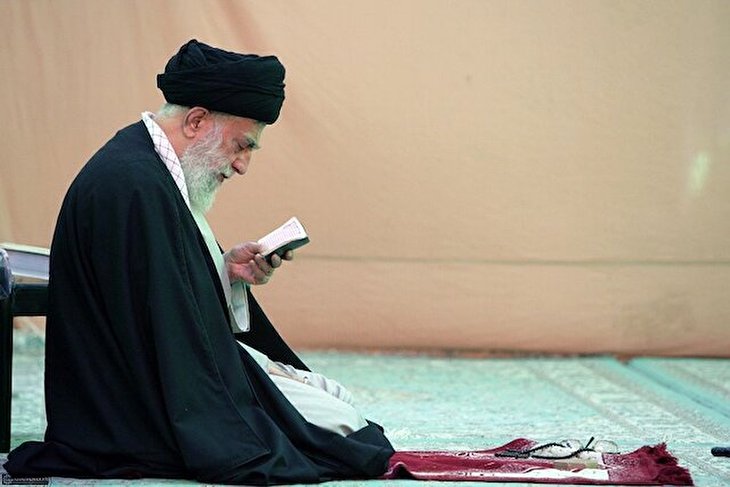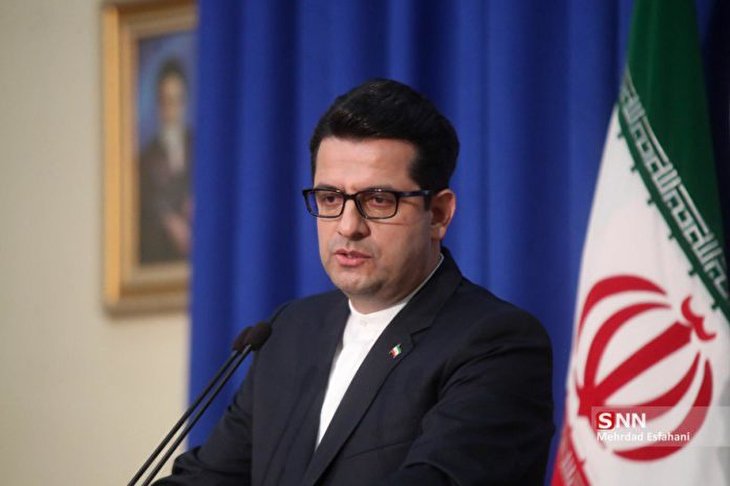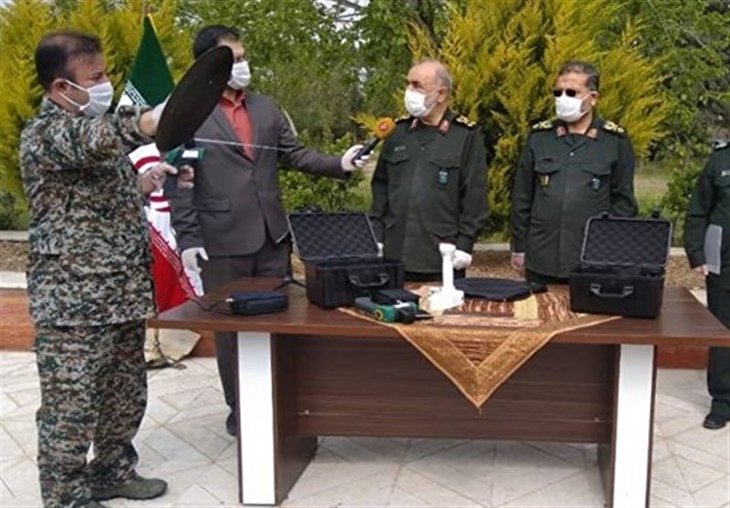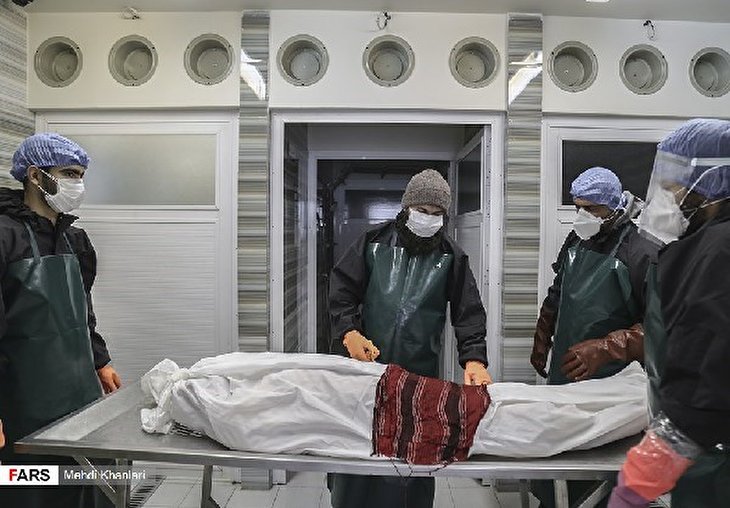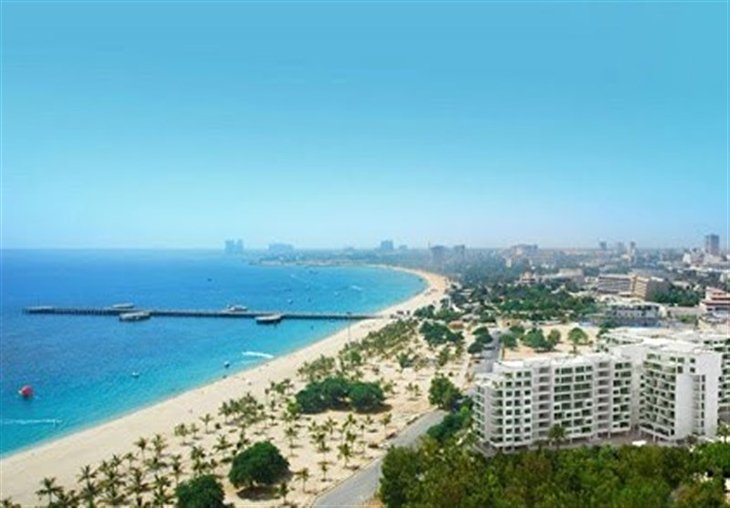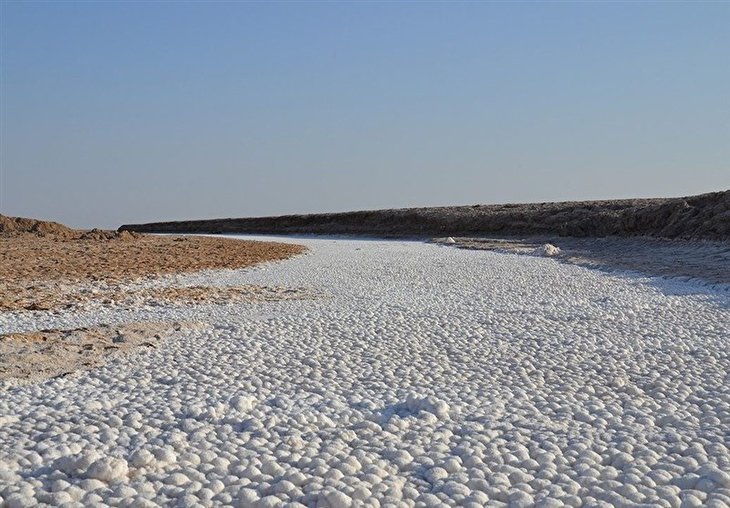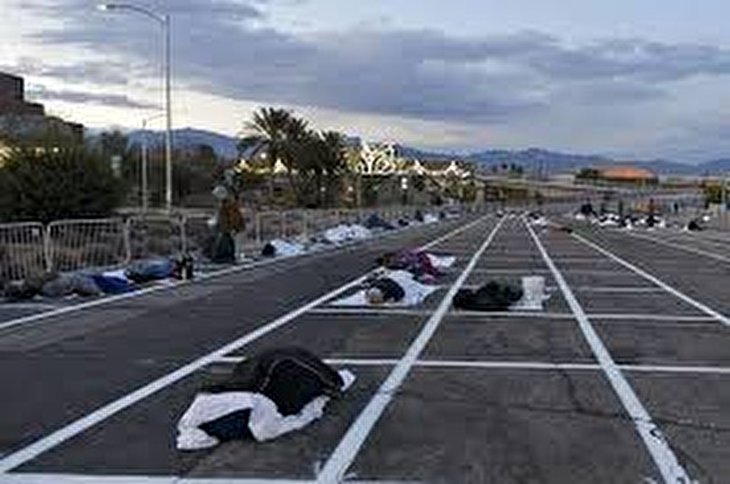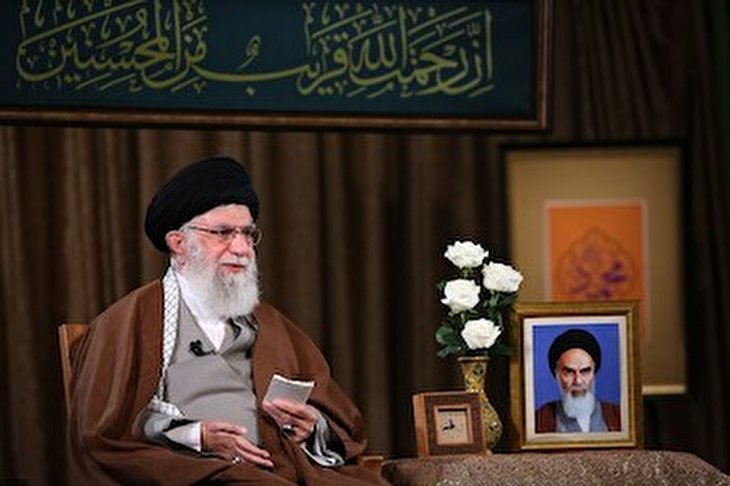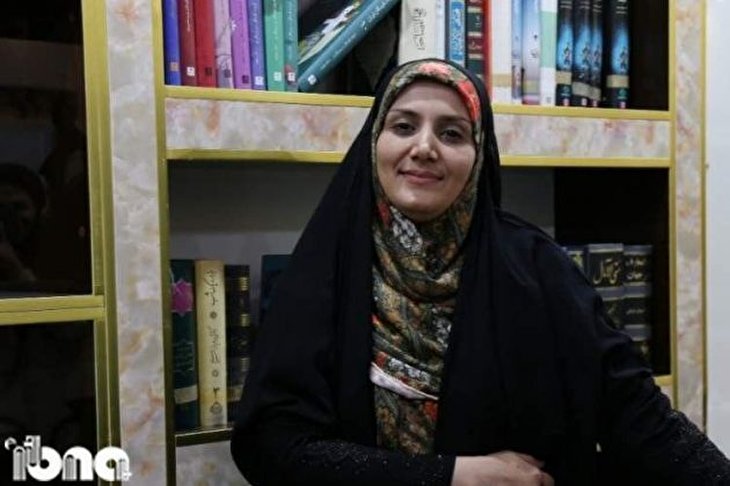IRGC speedboats to become radar-evading with new missiles: Top commander
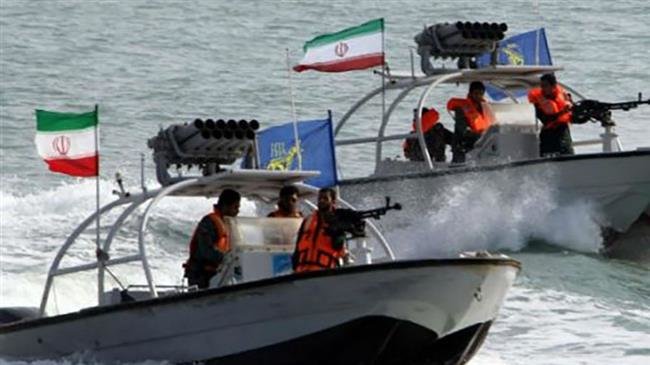
Rear admiral Alireza Tangsiri made the remarks in an
interview with IRNA on Monday, noting that the IRGC’s Navy attaches great
importance to high speed and maneuverability in its missions.
"We are planning to equip the IRGC’s speedboats with radar-evading stealth
technology while increasing their speed in order to conduct their missions,” the
Iranian commander said, adding that "new missiles moving at very high speed are
being installed on the IRGC’s naval vessels.”
Tangsiri noted that the IRGC has currently the fastest speedboats in the
world, saying, "We are working on speedboats with the speed of 80 knots [per
hour] and more than that, and we will start to build speedboats with the speed
of over 80 knots [per hour] in the near future."
Over the past years, Iran has made major breakthroughs in its defense sector and
attained self-sufficiency in producing military equipment and hardware despite
sanctions and economic pressures on the country.
The Islamic Republic maintains that its military power poses no threat to other
countries and is merely attentive to its military doctrine of deterrence.
Iran monitors US warships in Persian Gulf
Elsewhere in the interview, the top IRGC commander pointed to the return of
US aircraft carrier USS John C. Stennis to the Persian Gulf earlier this month
and said, "We are constantly monitoring them and have full command on these
foreign forces."
Tangsiri emphasized that the presence of foreign forces in the region disturbs
security, noting that regional countries are capable of guaranteeing their
security through staging joint military maneuvers and boosting cooperation.
In reaction to the return of the US aircraft carriers to the Persian Gulf after
a long absence, a senior Iranian commander said last week that Iran will never
allow US warships to sail near its territorial waters, reiterating once again
that the Islamic Republic is ready to respond to any action by Washington.
"The response of the Armed Forces and the Army of the Islamic Republic is that
we will never allow them [US warships] to come near our territorial waters,"
Deputy Chief of Iran's Army for Coordination Rear Admiral Habibollah Sayyari
said.
He added that the presence of the USS John C. Stennis is insignificant to Iran,
saying, "They cannot take any measure against us, because we are so prepared and
have enough capabilities to stand up to such a publicity stunt."
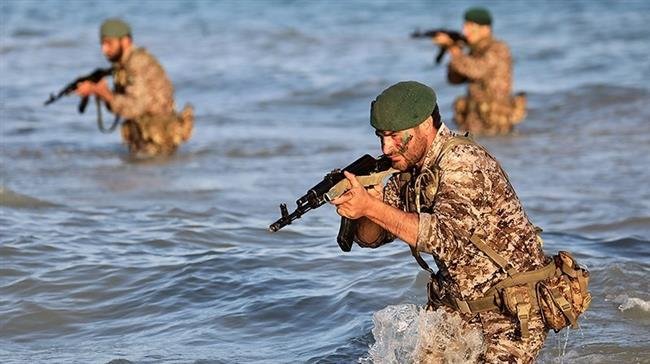
Coincident with the arrival of the US aircraft carrier, the IRGC held the main
and final stage of massive exercises, dubbed the Great Prophet 12, in the
Persian Gulf, launching an "offensive” component in Iran's defensive strategy
for the first time.
The annual exercise enlisted the IRGC Ground Force’s elite units, including the
rapid response unit, the special forces, commandos, combat and reconnaissance
drones, the electronic warfare unit, engineering corps, and the Zolfaqar fast
patrol craft.
Iran has repeatedly warned that any act of trespassing on its territorial waters
would be met with an immediate and befitting response.
The US 5th Fleet is currently deployed in the Persian Gulf with carriers, ships,
strike aircraft, sailors and marines and has been involved in occasional
confrontations with Iranian forces.
The IRGC in July 2017 reported a second provocation by US warships in the
Persian Gulf waters less than a week after a similar incident in the same
region.

